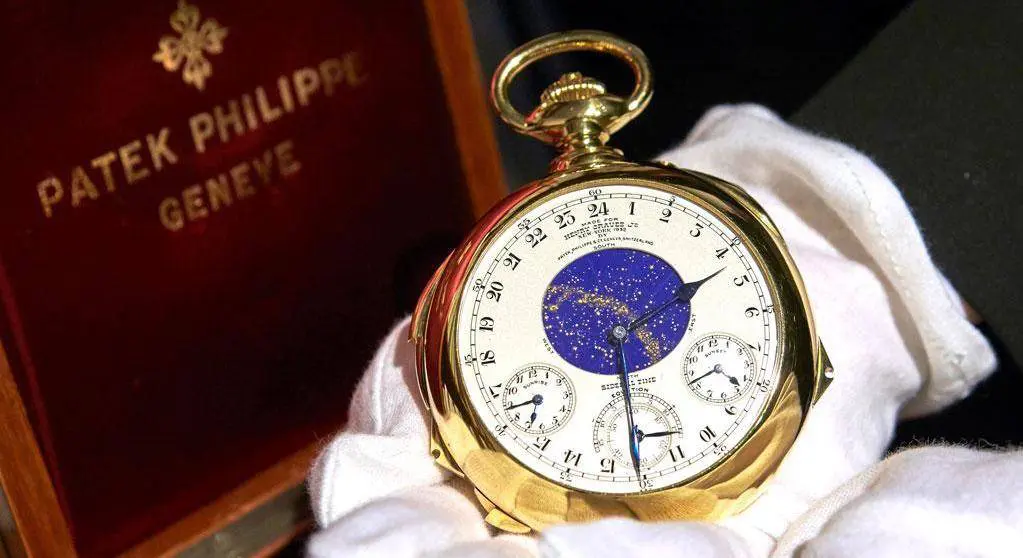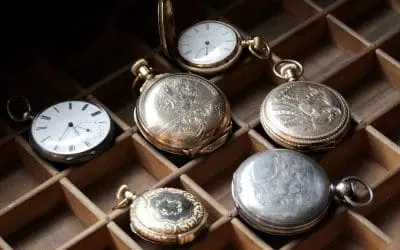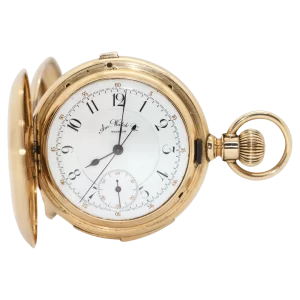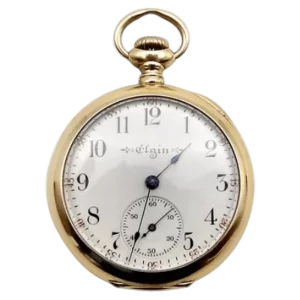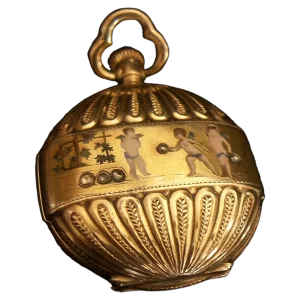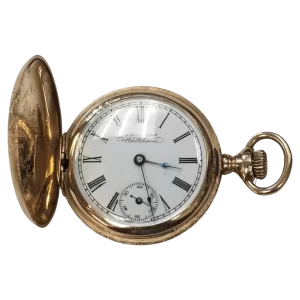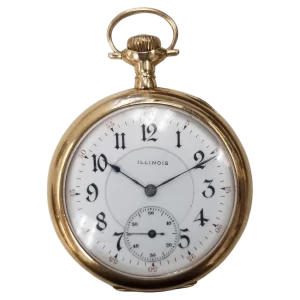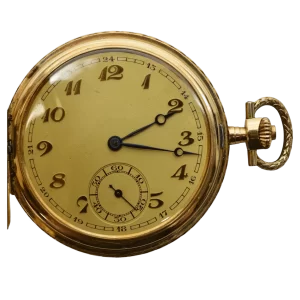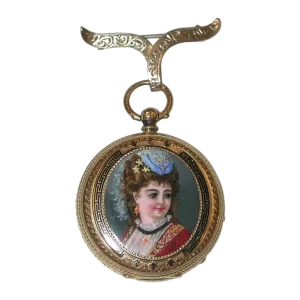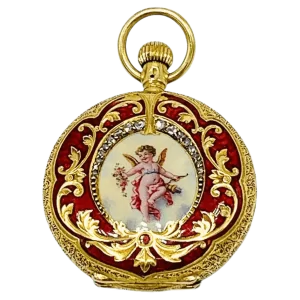Prior Verge Fusee Pocket Watch … Germany Staiger Alarm Clock … Elgin National Pocket Watch … Seth Thomas Mantle Clock … Antique Leroy Repeater Pocket Watch
What do the above have in common? Well, besides being timekeepers, all of them are examples of old, classic, and antique clocks and watches.
Antique clocks and watches were made using different materials, styles, styles, and sizes long, long back. The ability to precisely identify and research on this antique clocks and watches are very important then because of the diversity, as well as the number, of clock and watchmakers and producers all over the world.
If we are going to trace the history of clocks and watches, we would be back to the late 14th century when the first clock was made. In the early years, as well as lots of centuries over, mechanical clocks and watches were so uncommon and made by couple of that only rulers and noblemen had such. The typical people, particularly those in Europe, need to rely on the couple of public clocks that are current.
Most of clocks and watches made from the 15th to the middle of the 17th century are now mostly in museums and a little portion in different individuals’ personal collection. Many people will never ever set eyes on these timekeepers nor will be able to acknowledge them.
Lots of antique clock and watch collectors would agree that durations in history considerably affected the products and designs of clocks and watches, such that these timekeepers were not only utilized for time measurement, but as decoration too. Also, they were made with such high quality that with appropriate care and maintenance, they are apt to last several centuries.
There are a number of things that you may take into consideration if you are a collector or just a one time buyer of an antique clock or watch – besides the reality that it need to be interesting, lovely, befitting your needs or you desire it to be a part of your life and home for many years.
Any changes made on them will reduce the worth of the antique clock or watch.
- Rarity. Common sense determines that the rarity of anything brings worth. To determine rarity, research is needed, which may be costly and time consuming. When done, nevertheless, it may result into identification of clocks and watches that have exceptional worth.
- Provenance. Determining the origin of the timepiece, like rarity, can affect the value of the clock or watch considerably. This likewise is done through research and documents.
The worths of clocks and watches vary from a couple of to several thousand dollars, though there are those that total up to a million or two. Figuring out a timepiece’s worth, however, can just be done if the four locations discussed above are well looked into or investigated. You must browse, therefore, for an authority that is honest and with stability to help you before buying.

